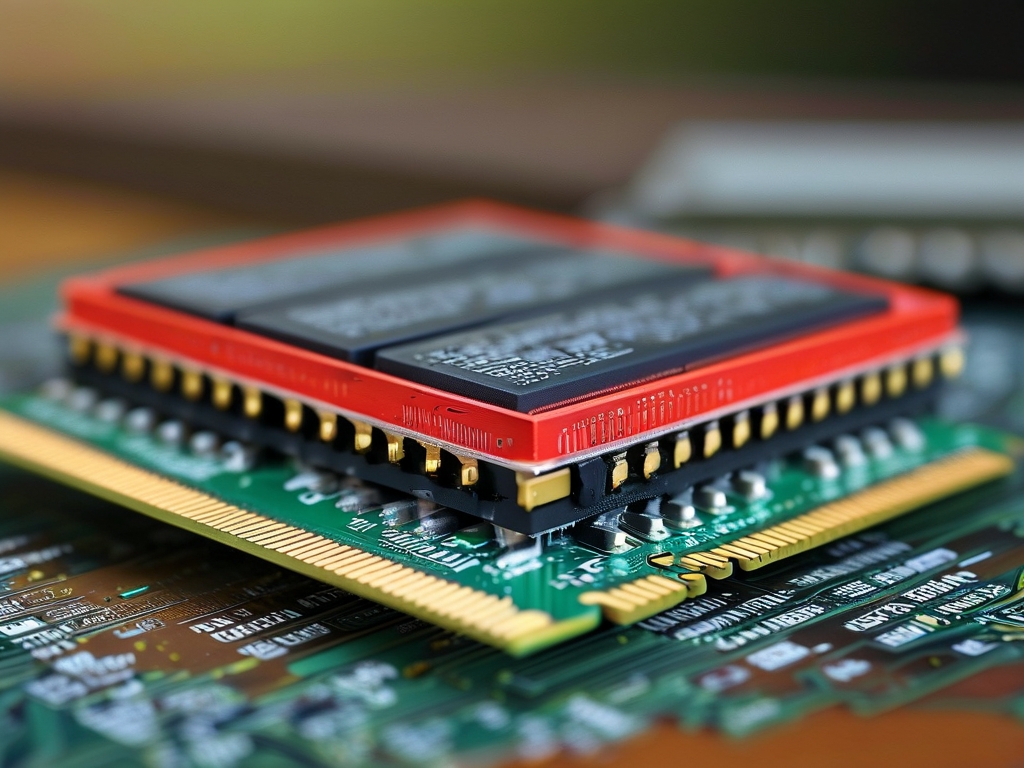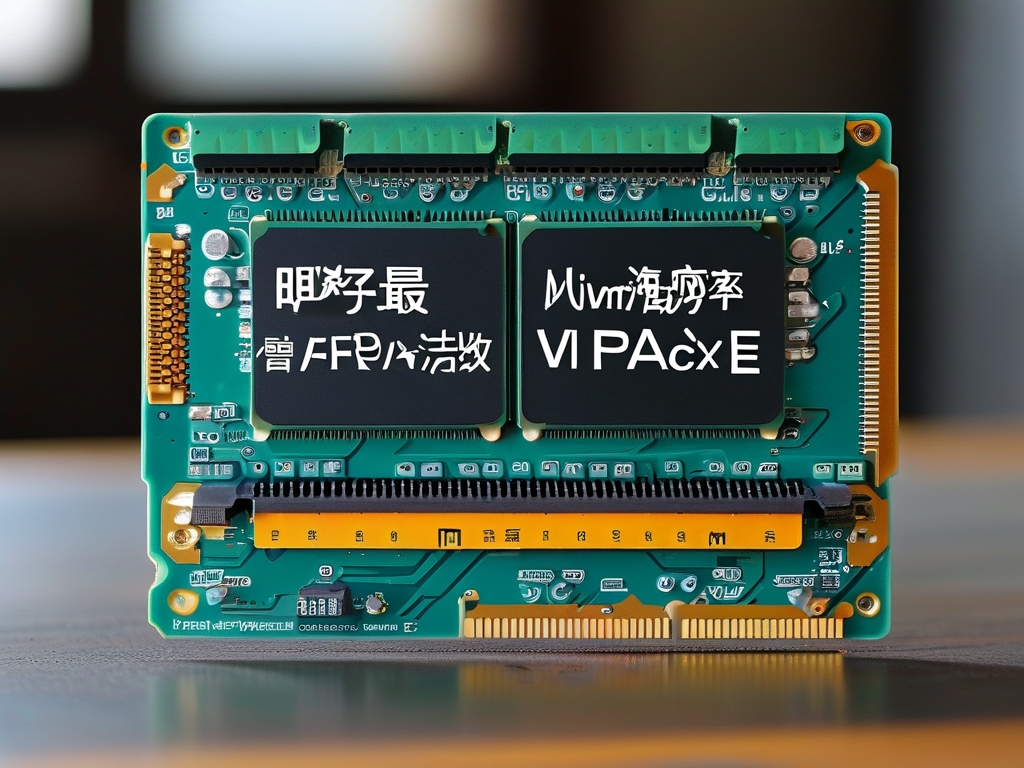In modern electronics, determining the maximum current value for memory modules is critical for ensuring system stability, power efficiency, and longevity. Whether designing a circuit board or optimizing an existing system, engineers rely on precise formulas to calculate current requirements. This article explores the formula for calculating the maximum current in memory modules, its components, and practical applications.
The Core Formula
The maximum current ((I{max})) drawn by a memory module can be calculated using the following formula: [ I{max} = \frac{V{dd}}{R{total}} \times N{load} \times D{activity} ] Where:
- (V_{dd}): Supply voltage (in volts)
- (R_{total}): Total effective resistance (in ohms)
- (N_{load}): Number of active loads (e.g., memory cells or I/O pins)
- (D_{activity}): Duty cycle factor (0 to 1, representing active vs. idle states)
Breaking Down the Variables
1. Supply Voltage ((V_{dd}))
Memory modules operate at specific voltage levels, such as 1.2V for DDR4 or 1.1V for LPDDR5. Lower voltages reduce power consumption but require precise current management to avoid voltage drops.
2. Total Effective Resistance ((R_{total}))
This includes the intrinsic resistance of the memory module's circuitry, trace resistance on the PCB, and any external resistors. Parallel and series resistance configurations must be accounted for.
3. Number of Loads ((N_{load}))
Each memory cell or I/O pin contributes to the total current draw. For example, a 64-bit DDR4 module with 8 chips may have thousands of active loads during read/write operations.
4. Duty Cycle ((D_{activity}))
This factor adjusts for real-world usage. A module operating at 50% activity (e.g., alternating read/write cycles) would use (D_{activity} = 0.5).
Practical Considerations
Temperature Effects
Resistance increases with temperature, which can elevate (I_{max}). Engineers must account for thermal derating, especially in high-performance systems.
Frequency Dependency
Higher clock speeds increase switching losses, indirectly affecting current draw. For dynamic RAM (DRAM), refresh cycles also contribute to periodic current spikes.
Parasitic Elements
Stray capacitance and inductance in PCB traces can cause transient current surges. These are often modeled using simulation tools like SPICE.
Case Study: Calculating (I_{max}) for a DDR4 Module
Let's apply the formula to a DDR4-3200 module:
- Parameters:
- (V_{dd} = 1.2V)
- (R_{total} = 0.05\Omega) (from datasheet)
- (N_{load} = 2048) (active cells during burst mode)
- (D_{activity} = 0.7) (70% utilization)
-
Calculation: [ I_{max} = \frac{1.2}{0.05} \times 2048 \times 0.7 = 24 \times 2048 \times 0.7 = 34,406.4 \, \text{mA} \, (34.4A) ]

-
Validation: This result aligns with typical DDR4 specifications, which often require 30–40A for high-performance modules.
Mitigating High Current Risks
-
Power Delivery Networks (PDNs): Use decoupling capacitors and low-impedance power planes to stabilize voltage under load.
-
Current Limiting: Integrate fuses or electronic current limiters to protect against short circuits.
-
Thermal Management: Heat sinks or thermal vias prevent resistance drift caused by overheating.

Advanced Modeling Techniques
For precision, engineers combine the formula with:
- Finite Element Analysis (FEA): To map current density across traces.
- Monte Carlo Simulations: To account for manufacturing tolerances.
- Machine Learning: Predicting (I_{max}) based on historical usage patterns.
The formula (I{max} = \frac{V{dd}}{R{total}} \times N{load} \times D_{activity}) serves as a foundational tool for memory design. By incorporating real-world variables like temperature and parasitic effects, engineers can optimize power integrity and avoid catastrophic failures. As memory technologies evolve toward higher speeds and lower voltages, refining these calculations will remain essential for innovation.

